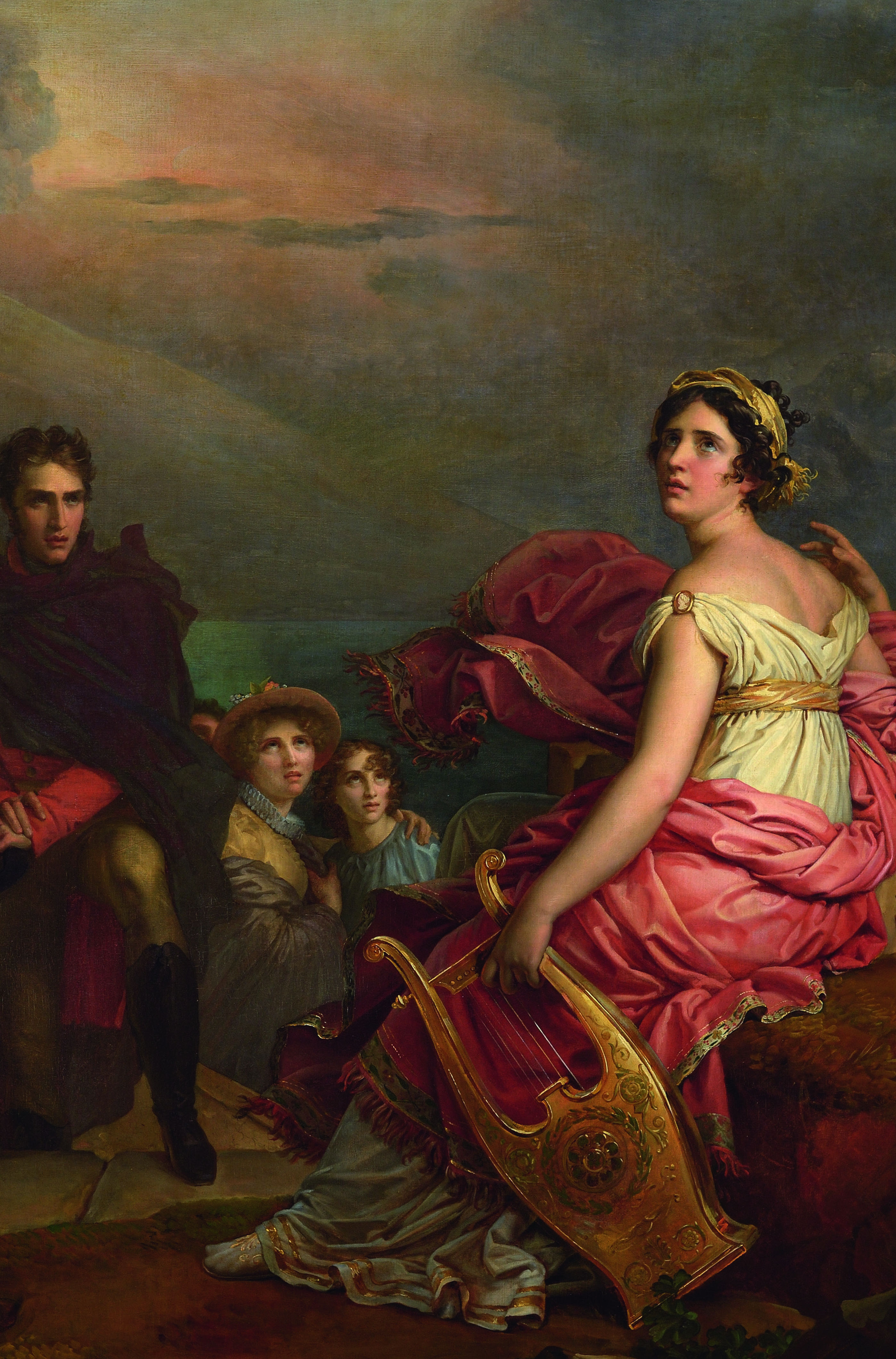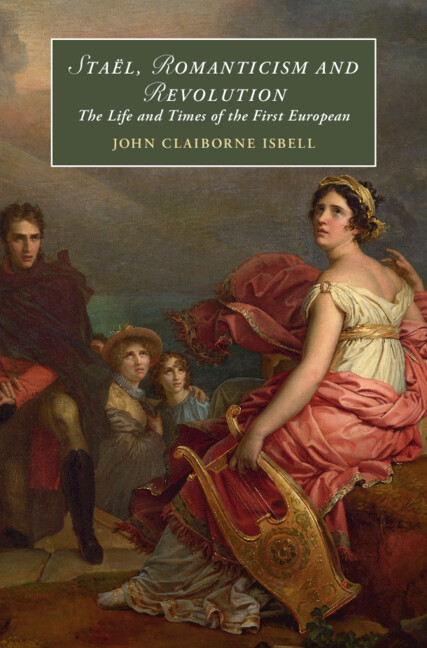
The story goes that when Napoleon met Staël, he told her he didn’t like women talking politics. And she replied that in a period when women are beheaded, it is natural for them to want to know why. Daughter of Necker, prime minister of France as the Bastille fell, friend of Jefferson and Tsar Alexander, Staël was a stateswoman in a country where the very word did not exist, where the term femme publique, even in 2023, refers primarily to a prostitute. In the contested years of her maturity, 1786-1817, as France went from Old Regime through Revolution and Empire to Restoration, Staël, who met both Marie Antoinette and Robespierre, worked to shape a living Europe of empowered peoples in opposition to Napoleon’s dead European hegemony. He responded by exiling her for ten years, but it is her vision, not his, which shapes the European Union today.
Necker’s son might have been prime minister of France. Staël as a woman was forced to act through the men around her – co-writing the speeches of her lover Narbonne, Minister for War in 1791-1792, as this book demonstrates; helping Benjamin Constant elaborate the two liberties distinction that appears in textbooks on political philosophy; co-writing her second husband’s memoirs on the Peninsular War. If she found the men around her disappointing in their various ways, she also wrote under her own name: helping, says Goerges Poulet, to create modern criticism with her first book, the Lettres sur Jean-Jacques Rousseau; helping to create comparative literature with her De la littérature; opening the door to nationalism and European Romanticism with her novel Corinne ou l’Italie and her study De l’Allemagne; founding French Revolutionary historiography with her Considérations sur la révolution française. Her short life transformed the world she lived in, and women writers from Margaret Fuller – the Yankee Corinna – to George Eliot wrote in her wake. This study, anchored in bibliographical research, reviews Staël’s life as seen in her complete works, retracing at times almost hour by hour the contested field of power in which she labored, the game of chess with revolutionary and imperial regimes of which she was a master.
Staël wrote, in short, to change the world, working tirelessly to give voice to the voiceless, be they the citizens of occupied Spain, Germany, Italy, and Russia – to each of whom she devoted a book – or Marie Antoinette en route to the guillotine, or the victims of the Atlantic slave trade. Our closing chapter thus reviews Staël’s contributions to abolition, from 1786 to 1814. She left her mark on writers from Pushkin to Leopardi to Poe. His legs bestrid the world, says Cleopatra to Dolabella, and Staël’s fame in her lifetime stretched from Moscow to Montevideo. Yet in the 1950s, the director of the Pléiade told the Comtesse de Pange, President of the Société des études staëliennes, that Staël would never appear in that canonical series. It is perhaps ironic to see so indefatigable a spokesperson for the silent thus gradually silenced in the two centuries following her death. Various factors have contributed: her straddling the century divide; her refusal of national siloing; her Protestantism; her embrace of the early Revolution. But it is hard not to see the dead hand of patriarchy at work, in this land where Marie Curie waited ninety years after her two Nobels to enter the Pantheon, thus confirming that building’s famous slogan, Aux grands hommes la patrie reconnaissante.
These are exciting times in Staël studies: her complete works are being reedited in critical edition for the first time since 1821; she has after all entered the Pléiade. But work on Staël remains an uphill task, anchored as she is in the Revolutionary tumult, stretching her vision across Imperial Europe and even writing to Jefferson in Monticello that slavery must be abolished. Her every word is shaped by her gender, which lends it power but complicates our take on her decisions. Staël is a complex figure in a complex age. Napoleon may not have liked women talking politics; Staël’s life and works are an extended answer to that dictatorial man’s sexist remark.

Latest Comments
Have your say!